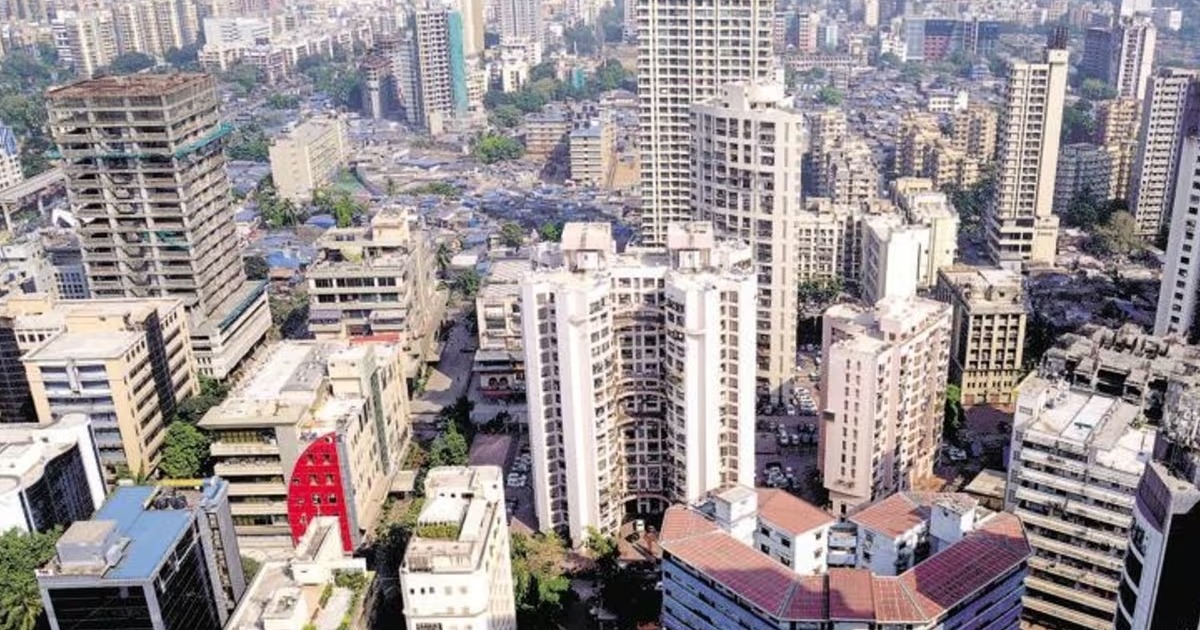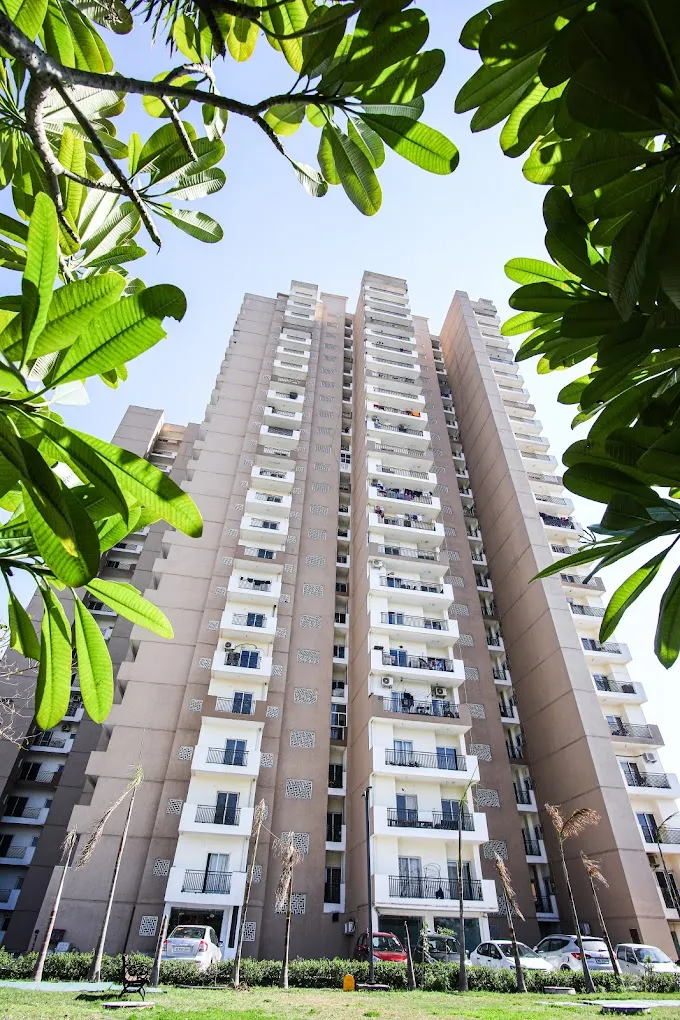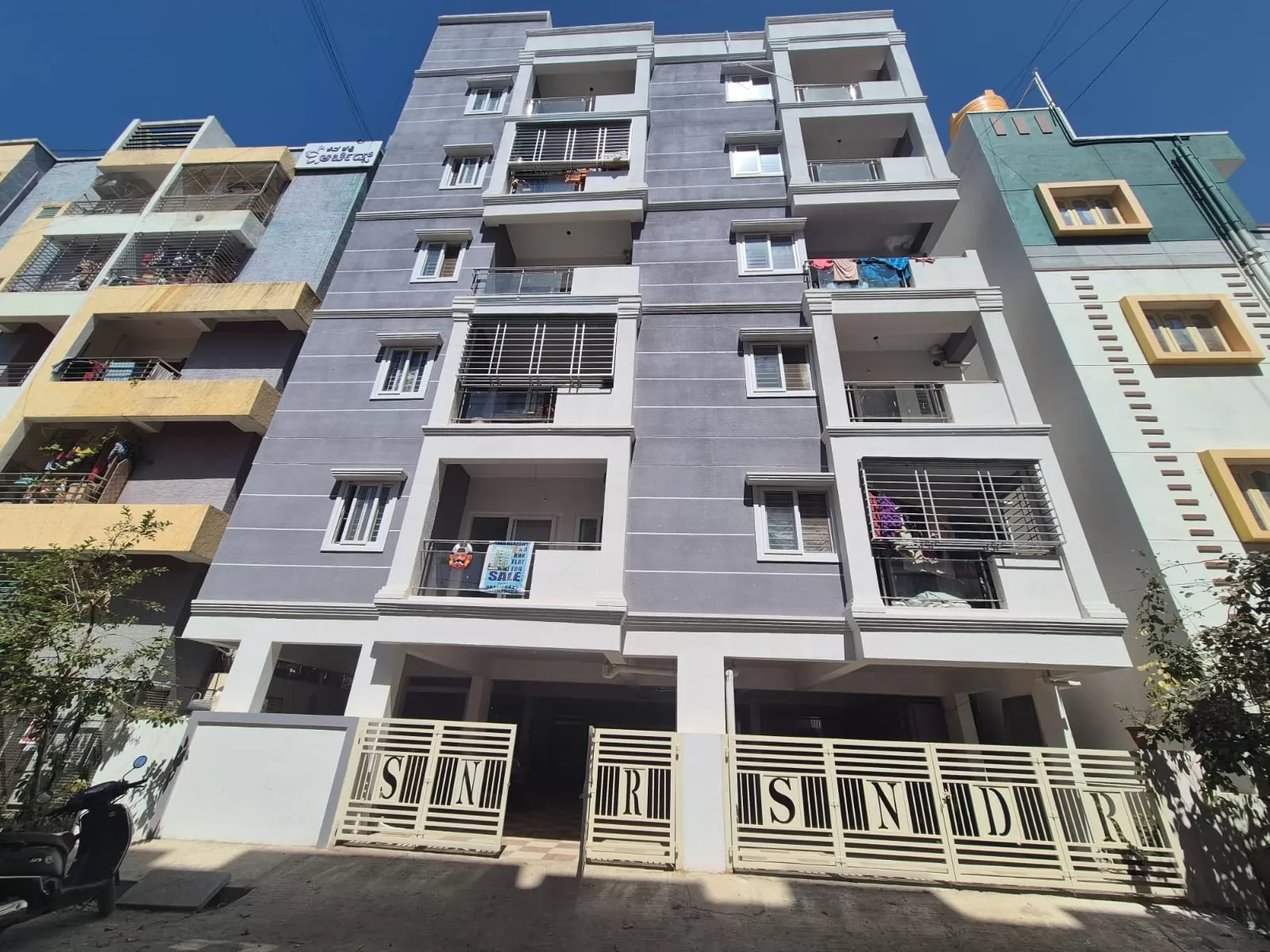In 2024, average office rents in the top six cities will approach pre-pandemic levels, according to the report.
By Bricksnwall | 2024-10-23

Delhi-NCR and Pune showed the biggest gain in
average office rentals at around 8% apiece throughout the 2019-2024 timeframe,
followed by Mumbai and Chennai.
Average office rents in India's top six cities have
surpassed pre-pandemic levels for the first time in 2024, according to a report
released by property consultancy Colliers on October 23.
According to the paper, select cities, including as
Hyderabad and Pune, reached pre-pandemic rental levels in 2022, while Bengaluru
and Chennai exceeded 2019 rental levels in 2023, and Delhi-NCR and Mumbai
completed the recovery cycle in 2024.
Overall, average rentals increased by roughly 8% in
Delhi NCR and Pune throughout the five-year period, followed by 5-6% increases
in Mumbai and Chennai.
The paper highlighted that in the post-pandemic
era, demand recovery in the office market has been rapid, with a sharp 'V-shaped' recovery trajectory. Following low demand in 2020 and 2021, leasing
activities had fully recovered by 2022. In fact, the report stated that since
2022, each year has seen new all-time highs in Grade A office space uptake in
India.
It also stated that rental recovery in the Indian
office market, while slower than demand recovery, has finally been fully
completed, resulting in an elongated 'U-shaped' pattern.
"Although rental growth will vary by city, the
annual increase in average quoted rentals at the end of 2024 is expected to be
higher in major cities such as Delhi NCR and Pune than in other markets.
Furthermore, as demand for Indian commercial real estate grows, notwithstanding
unanticipated occurrences, annual space take-up of 60 million sq ft is likely
to become the new norm in the medium term," said Arpit Mehrotra, Managing
Director, Office Services, India, Colliers.
Core micromarkets outperformed city-level
appreciation.
According to the report, chosen core micromarkets
in the top six cities experienced rental growth of up to 25% between 2019 and
2024. According to the survey, these micromarkets have had robust demand across
all occupier segments, resulting in higher rental growth than the 2-8%
city-level appreciation during the same period.
Core micromarkets in Delhi NCR, such as Golf Course Extension Road, Noida Motorway, and Cyber City, have seen rentals climb by up to 25% in the last five years. Meanwhile, Bengaluru's high-activity micromarkets, such as Outer Ring Road (ORR) and Whitefield, have seen a 5-10% increase in rental growth compared to the 2% city-wide growth rate between 2019 and 2024.
Similarly, office rentals in other major micromarkets, such as OMR Zone 1 in Chennai and Goregaon/JVLR and BKC in Mumbai, have increased by 10-20% from pre-pandemic levels, while average rental growth in those cities has been 5-6%.
Core micromarkets are often found in the central
and secondary commercial districts of their respective cities. The higher
rental growth reflects occupiers' preference for Grade A developments in places
with superior connectivity and close proximity to residential catchments.
Demand exceeds 250 million square feet in five
years.
According to figures provided in the research, the country's six major office markets have seen a total Grade A office space demand of 264 million square feet since 2019. Despite demand fluctuations over epidemic years, successive record-breaking leasing activity has helped to maintain the upward pace, according to the research.
At the aggregate level, supply infusion has
substantially followed demand revival, as seen by the cumulative demand-supply
ratio of 1.1 from 2019 to 2024, the report stated.
However, a city-level examination of demand-supply
curves revealed intriguing findings. Mumbai, with a demand-supply ratio of 2.1,
has seen a decrease in vacancy levels since 2019, as demand has significantly
exceeded supply.
Similarly, in Delhi-NCR, where demand consistently exceeds supply, vacancy rates have fallen from approximately 25% a few years ago to around 20% today. Hyderabad, on the contrary, has generally been a high-supply market, and this has drove vacancy levels upwards continuously, with current vacancy levels in the city around 25%, according to the report.
"Since 2019, cumulative demand and supply in the country's six major office markets have been 264 and 234 million square feet, respectively. With overall demand and supply matching, vacancy levels are expected to be rangebound in most cities. Meanwhile, average office leases in important cities are expected to firm up and expand by up to 10% per year by 2024, according to Vimal Nadar, Senior Director and Head of Research at Colliers India.
Source: Hindustan Times







